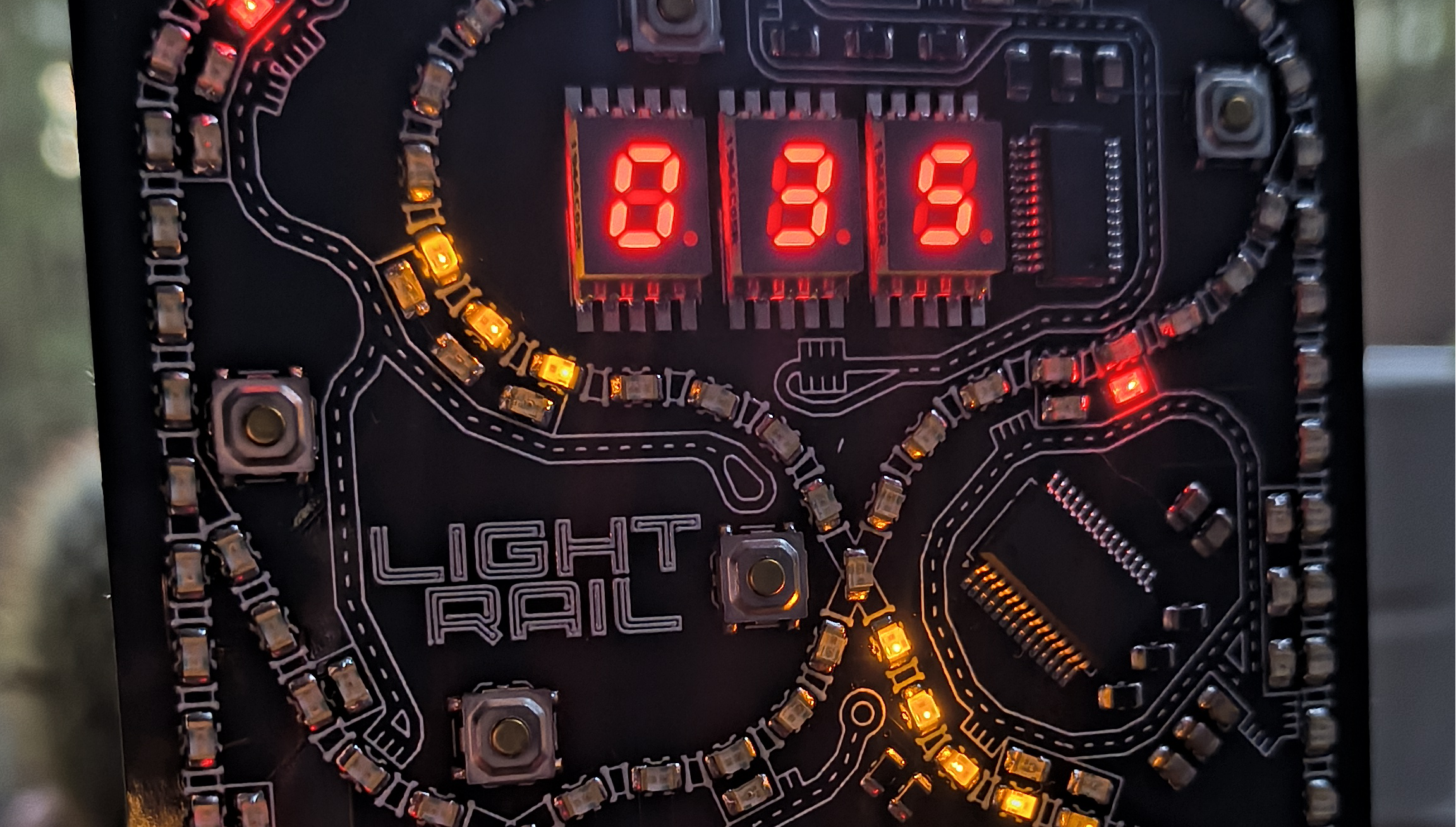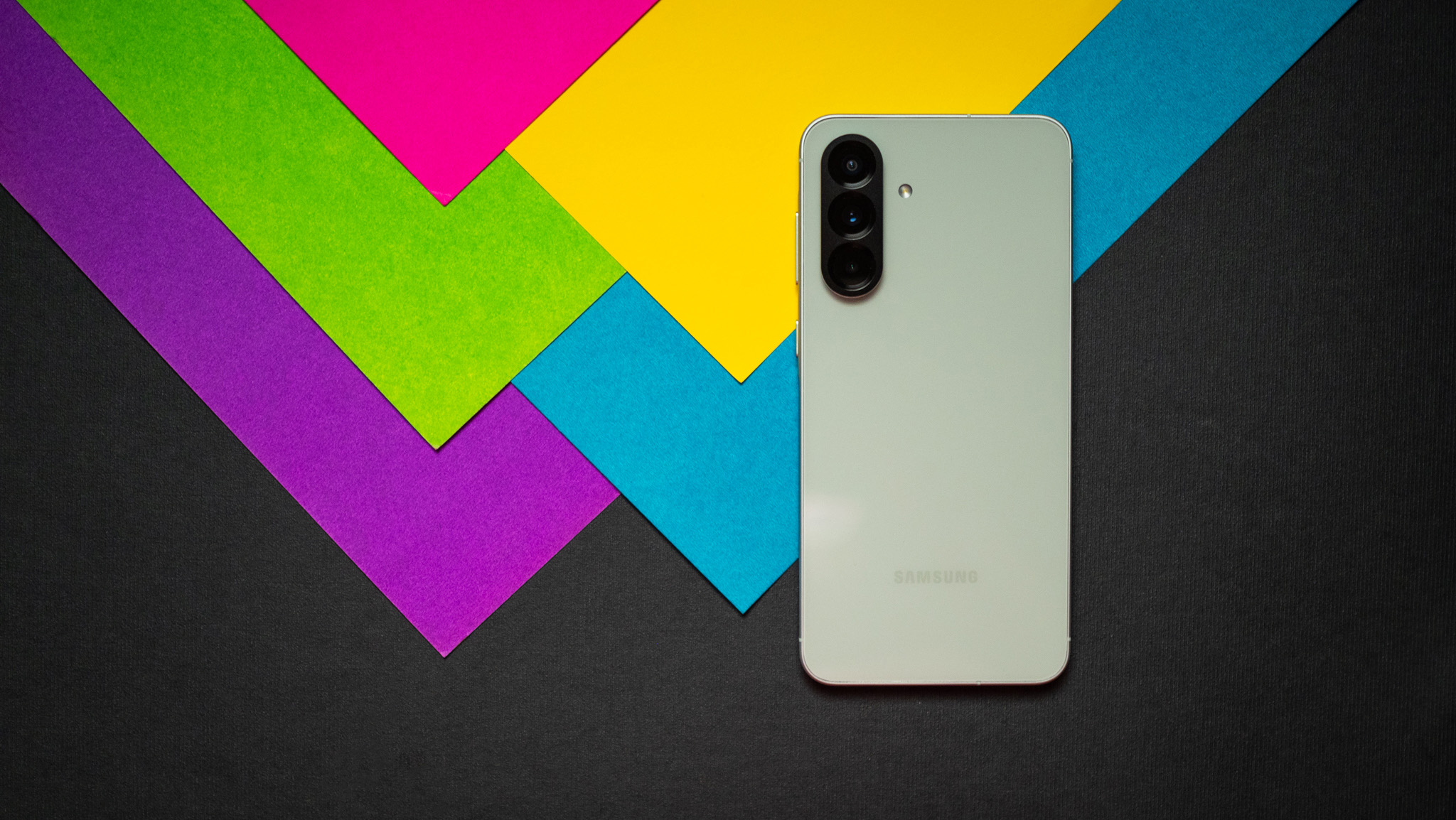Innovative PCB Design Features Miniature Railroad with LEDs

A captivating new project by Nick Brown has taken the world of printed circuit boards (PCBs) by storm. This inventive design features a miniature railroad that is brought to life using 0805-sized LEDs. With aspirations of creating a unique and interactive PCB badge, Nicks journey began, filled with creativity and a passion for electronics.
Throughout his process, Nick meticulously documented every step, showcasing his dedication to not only creating a functional product but also an aesthetically pleasing one. His inspiration stemmed from the Supercon 2022 badge, which motivated him to focus heavily on the visual aspects of his design. However, Nick did not shy away from challenges; instead, he embraced them. The board features over 100 LEDs, but in a departure from conventional designs, they are not arranged in a symmetrical or matrix fashion. Instead, they create a sprawling, organic railroad with crossings and stations that wind across the entire board, enhancing the playful nature of the project.
Utilizing KiCad for the design, Nicks board boasts an impressive array of components, including 144 LEDs, three seven-segment displays, and more than a dozen buttons. These elements are not merely for show; they combine to create an interactive game that engages users and showcases the versatility of his design.
The challenges Nick faced extended beyond just the unique layout of the LEDs. In an exciting twist, he opted to program the project using Rust, a programming language known for its performance and safety. This decision necessitated the development of a custom driver for the seven-segment displays as well as a tone library for the onboard buzzer, adding another layer of complexity to the project. As is often the case with ambitious projects, unexpected hurdles appeared. One significant challenge arose due to the way the oscillator was connected, which rendered the ATmega32U4designated as the brain of the railroadunusable. However, Nick's ingenuity shone through as he devised a clever workaround: he utilized a pogo pin jig to establish the necessary clock connections while programming the board.
This innovative project is a testament to Nicks creativity, resourcefulness, and technical prowess. For those interested in the nitty-gritty details of his process, Nick has provided a comprehensive build log that chronicles his journey, from brainstorming through to troubleshooting and final execution. If you have a passion for interactive badges and unique electronic designs, be sure to explore his work further, along with other imaginative boards that have also been featured.

























